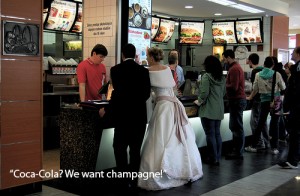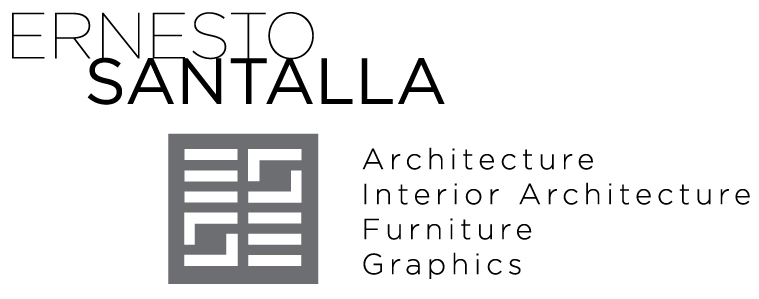Matching Expectations
Written by Ernesto Santalla on September 11th, 2013 // Filed under Uncategorized

The year was 1984 and fresh out of Cornell, I started my first job as an architect-in-training in Washington, DC. I was expected to be at work from 9:00 am to 6:00 pm, Monday through Friday, with a one hour lunch break from 12:30 pm to 1:30 pm. Coffee was provided by the firm, but we were expected to be at our desks working at 9:00 am, which meant arriving earlier to get settled at our desks to start on time. One day I walked in the door at 9:06 am and the receptionist, who sat on a mezzanine above the entry, conveyed a message from Mrs. M to remind me I was to arrive by 9:00 am. To my protest, she shrugged. Mrs. M was right, however, as the expectation was set and I had agreed to it.
Just about everything we do has an expectation attached to it. I expect the alarm clock to go off at the time I set it. I expect the coffee machine to brew. I expect the key will turn in the lock and another one will start the car and take me where I need to go. And so on and so forth throughout the day until for instance the ATM machine unexpectedly usurps my card and wreaks havoc on my lunch break and the delay makes me arrive 6 minutes late at the office.
The world of design is filled with many unknowns, starting with the fact that very rarely the final product is known at the time the parties agree to work together. Contracts are set in place to establish each of the parties’ rights and obligations, but even so, they are full of vagaries like “reasonable,” “industry standard,” and “acceptable practices,” which are terms subject to interpretation because design is a practice, not a science. Therefore client and design professional are cast in a situation where they must trust one another at the onset of the project and keep that trust alive through the duration of the project. By then, expectations are usually met, at times exceeded and much to everyone’s chagrin, occasionally shattered.
A Contractor once asked me what I thought was the most important thing to a client, to which I replied, “budget.” “No, it’s the schedule,” he replied. “Clients want to know the project will be completed on time.” True, once a commitment to spend the money has been made, the next question is “when will it be done?,” which is usually much longer than she/he/I want to hear, because I personally think construction of one’s own is a royal pain.
Of course there is the budget, which is what the client is comfortable spending. Everyone has a comfort zone and once reached, that’s it. In the case where all of the bases were covered under the budget, all is well. It’s when the cost to produce the design exceeds the funds available to produce it that everyone’s stress level skyrockets. The trick becomes how to keep the design concept of the project intact and reduce the cost to build it? In almost thirty years in the design industry, I cannot remember a single project without a substitution or a change to the design on the basis of cost. In fact, I counsel clients to do so when cost and effect are disproportionate.
Then there is the issue of professional fees. Good design is expensive no matter how much we’d like to sugarcoat the reality. The issue comes down to value. As a consumer, the question should be, where am I getting the best value for my investment? Not all design is made the same and it will reasonably cost the same amount to build a good design as it will to build mediocre. The difference lies in the value-added. Besides, spread out across the life of the project, the difference is usually negligible. I do, however, believe the fee should be commensurate to the project and at times a potential client should be informed they may not need a design professional for what they need.
I firmly believe you get what you pay for, and understanding the implications of this statement is at the essence of managing expectations; everyone’s.
Thanks for reading. Comments appreciated. Inquiries welcome.
Ernesto Santalla
